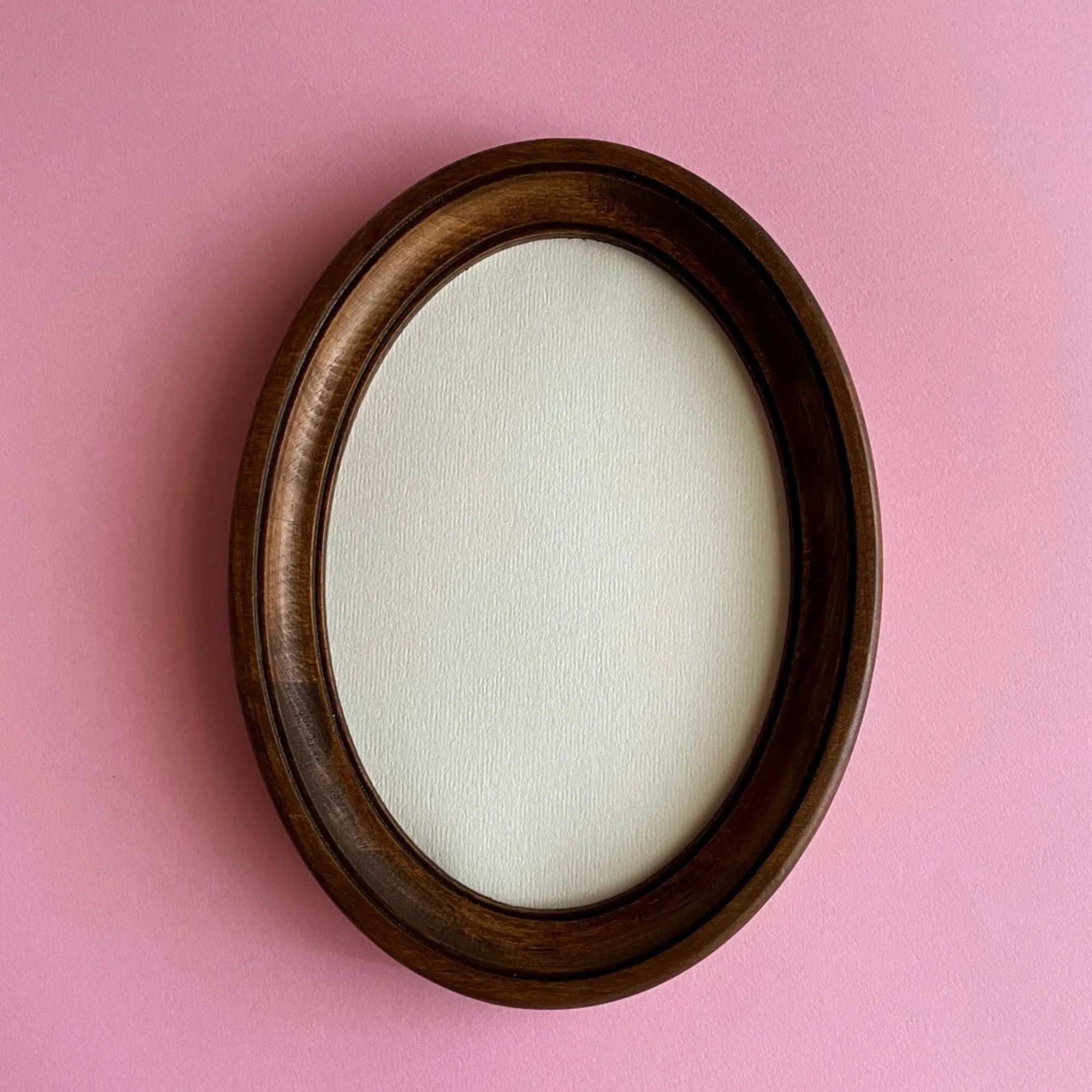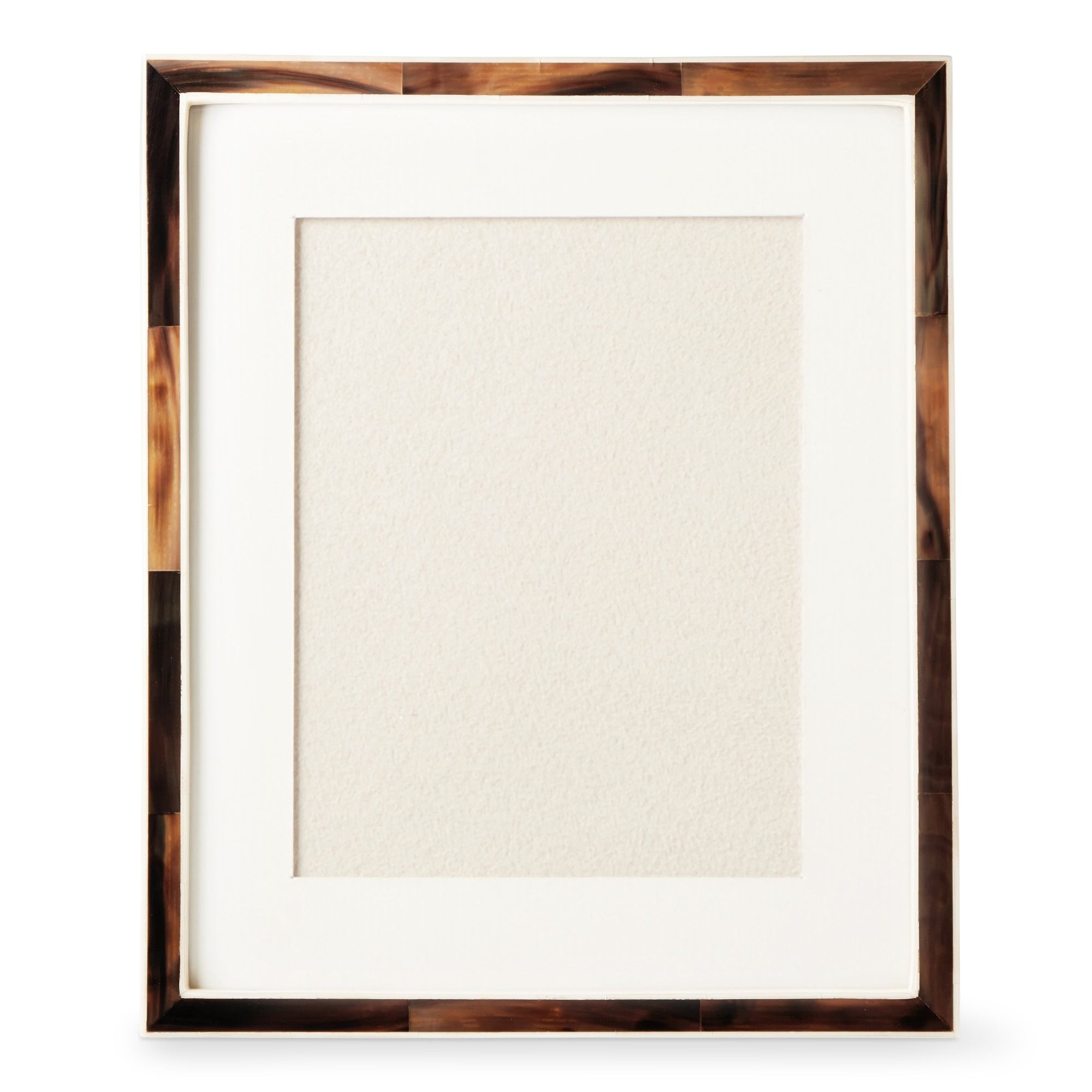'I hate to even share tips' – Jeremiah Brent says there should be no rules in interior design, but if you are starting from the beginning, this is the one thing he says to focus on
Known for his chic transitional style, Jeremiah Brent shared this one key piece of advice for creating a perfectly balanced scheme


When the opportunity arose to discuss all things interior design with Jeremiah Brent, I naturally jumped at the chance. During our conversation, Jeremiah shared all kinds of tips for creating a dream home, but there was one key piece of advice that stuck with me – the best interiors are all about a balance of 'conflict' and 'cohesion'.
Known for his transitional designs, I was keen to understand how Jeremiah mixes the old and new, fearlessly combining contemporary styles with vintage decor and antique furniture. When I asked the designer how he layers such contrasting styles, he said the key is always balance in interior design.
He explained, quite honestly, 'It’s really about embracing the conflict. I hate to even share tips, because there really are no absolutes or rules when it comes to the home. It all comes down to creating a peaceful environment, surrounded by the things that you truly love.'
A post shared by JEREMIAH BRENT (@jeremiahbrent)
A photo posted by on
Jeremiah's signature look is best showcased in his New York City home. A space designed with his partner and fellow interior designer, Nate Berkus, their house is the perfect example of transitional style at its best.
Explaining his transitional style decorating rules, Jeremiah explained, 'A couple of tips if you’re starting from scratch – start with balancing heavier, patinated pieces with crisp colors or minimal styling.' This was such a simple tip, but one always worth having at the forefront of your mind when designing any space.
Consider transitional color schemes, as these shades will balance out darker, heavier pieces. For example, a dark wood dresser may typically feel a little imposing, but a lighter color scheme of soft gray will allow the piece to shine. Combine this with pared-back styling and your design will feel cohesive and well-balanced.
Jeremiah gave me the specific example of decorating with art, which is integral to his transitional style, but contrasting styles can be hard to balance. So instead of creating that 'conflict' he talks of, you instead want to create cohesion.
Design expertise in your inbox – from inspiring decorating ideas and beautiful celebrity homes to practical gardening advice and shopping round-ups.
So to make each piece of art feel cohesive, Jeremiah tells me he opts for the same frame to create balance and unity. He explains, 'On the flip side of balancing contrasting pieces, if you’re framing a large collection of photos and memories, stick to a cohesive material for all the frames. There’s always a balance to find.'
Jeremiah says it's all about embracing the conflict and the cohesion when designing your dream home. While contrasting styles can feel mismatched, a light color palette and minimal styling will allow each piece to sing. If you feel your scheme needs unity, start small by using Jeremiah's matching picture frame tip for a common thread.
If you've been inspired by Jeremiah's signature style and want to mirror it for yourself, our transitional decorating ideas will provide you with plenty of inspiration.

I am the Interior Design News Editor at Homes and Gardens, covering mainly US-based designers and trending news stories. My love for interiors began when I interned in an interior design studio, working on commercial and private spaces. My passion grew while working in production, where I sourced beautiful locations for photoshoots and campaigns. Outside of work, I enjoy collecting antique decor and mid-century furniture for my home.


